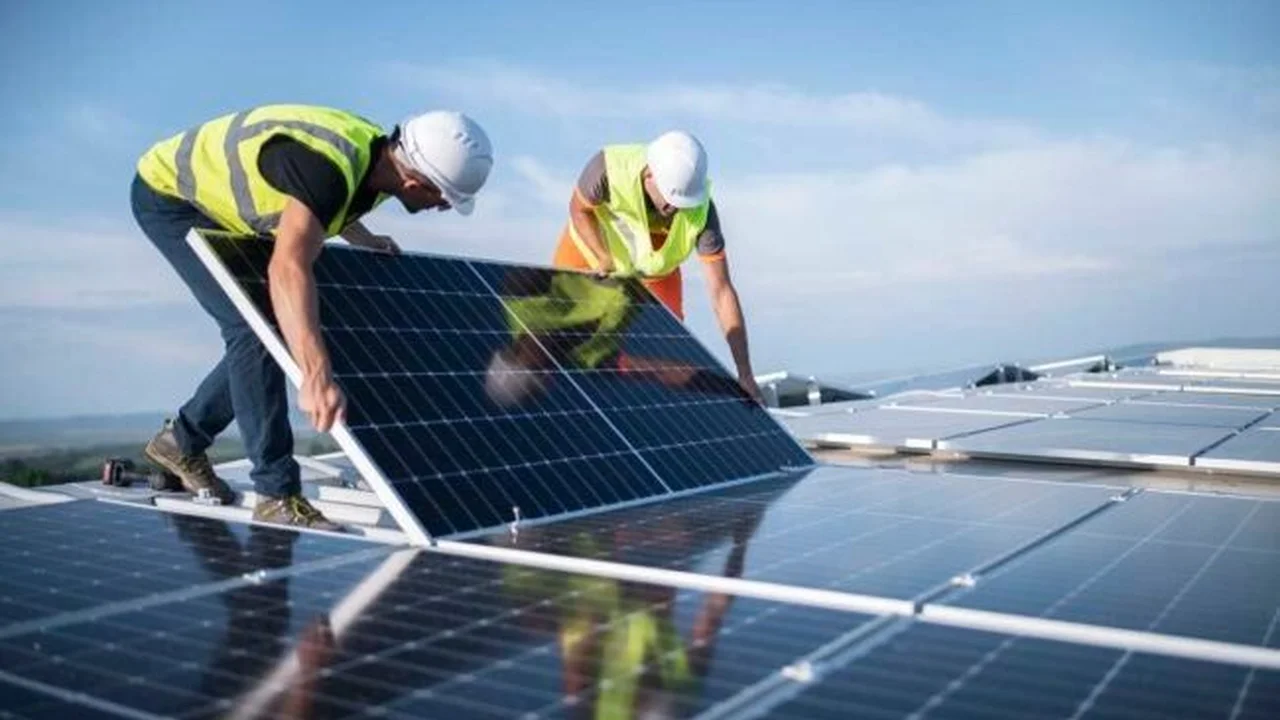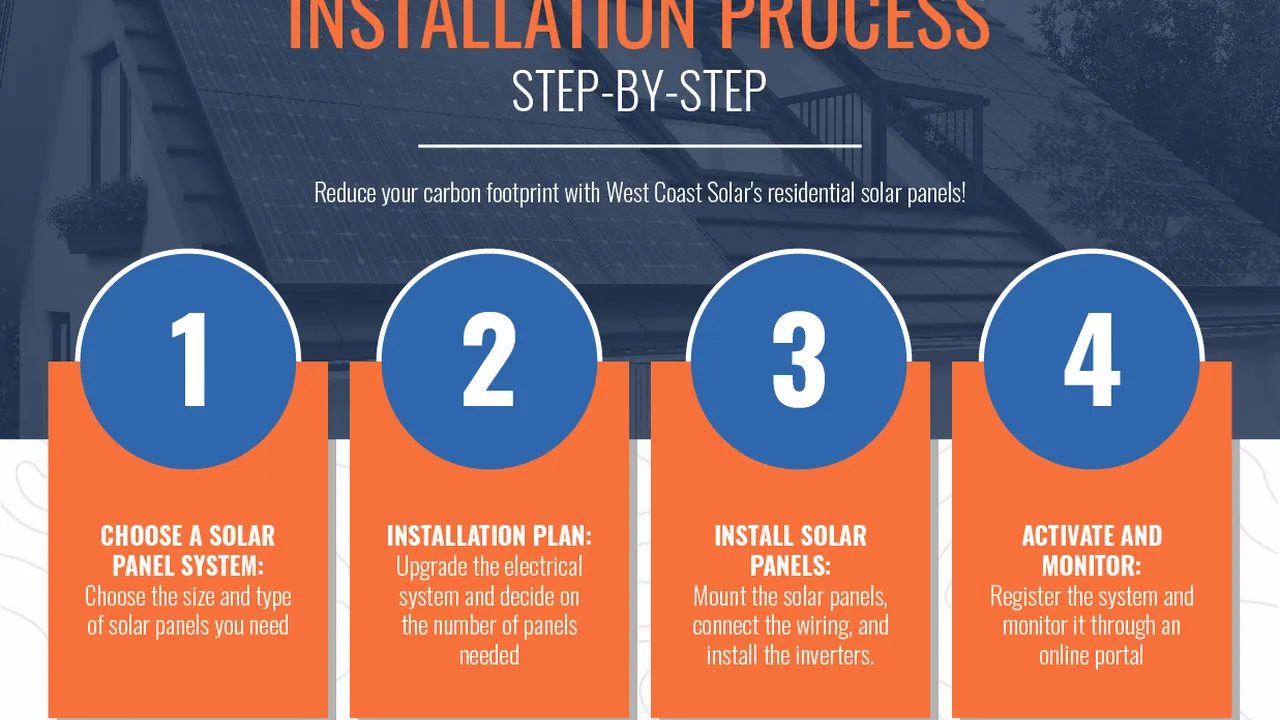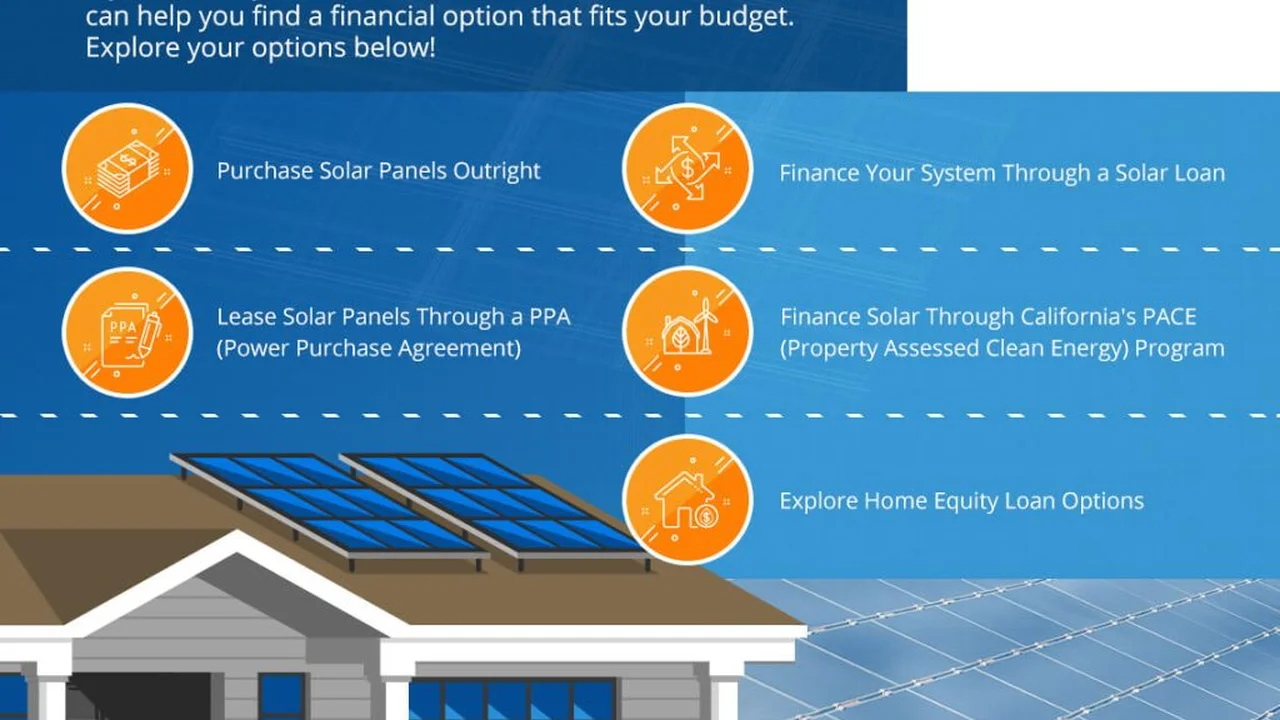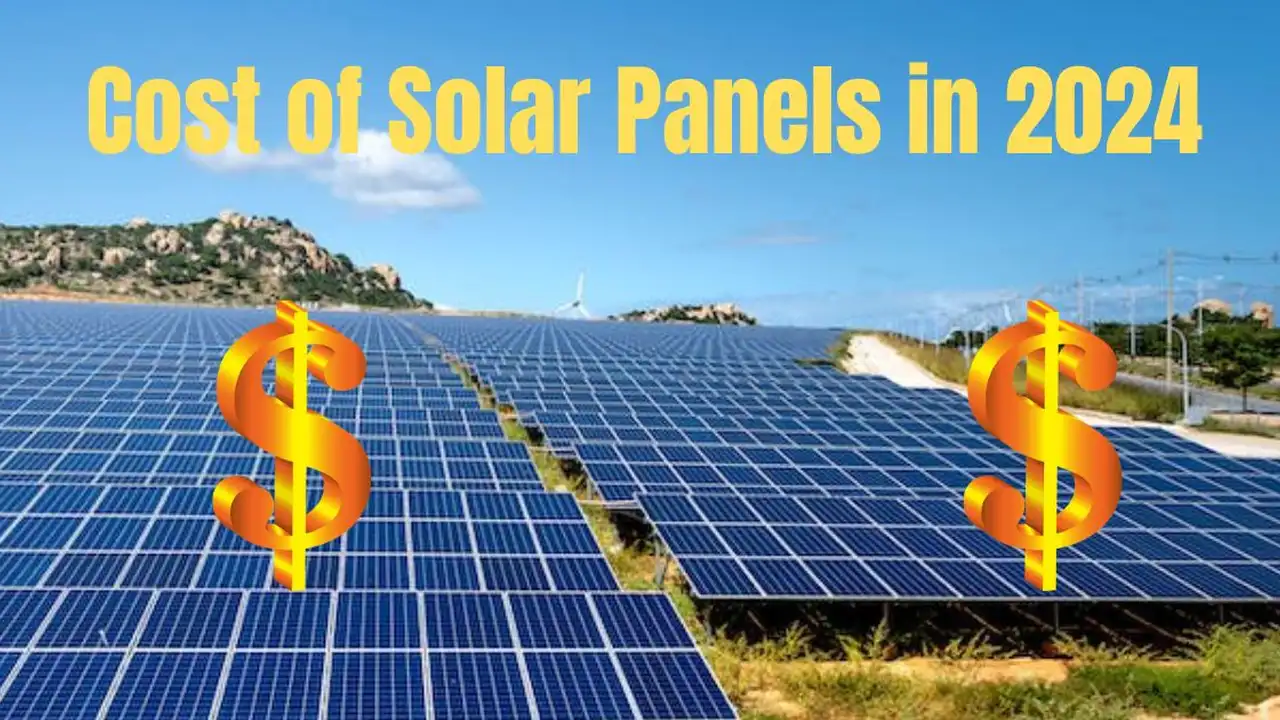Solar Panel and Tree Shading: Minimizing Obstructions
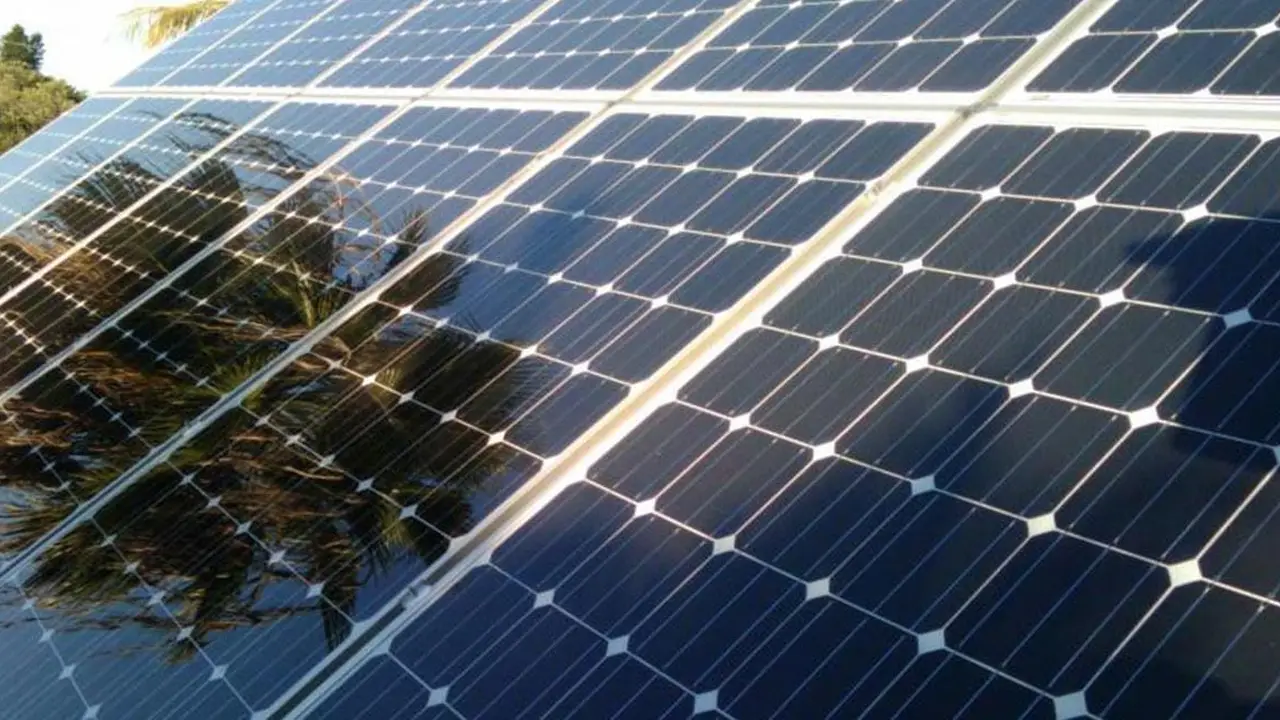
Understanding Solar Panel Shading A Key to Performance
Alright, let's talk solar panels. You're thinking about going solar, that's awesome! But before you slap those shiny panels on your roof, there's a sneaky little performance killer you need to consider: shading. Yep, even a little bit of shade can seriously impact how much power your solar panels produce. Think of it like this: your solar panels are like little sun-powered engines. If you block the sunlight, you're effectively cutting off their fuel supply.
So, why is shading such a big deal? Well, solar panels are usually connected in series, like a string of Christmas lights. If one light goes out, the whole string is affected. Similarly, if one solar panel is shaded, the performance of the entire system can suffer. Even partial shading can reduce power output by a significant amount. We're talking potentially losing 20%, 50%, or even more of your solar energy production. That's money down the drain!
The good news is that you can do something about it! By understanding the causes of shading and taking steps to minimize it, you can ensure that your solar panels are performing at their best. We'll walk you through the common culprits, effective mitigation strategies, and even some cool tech that can help you overcome shading challenges.
Common Culprits Behind Solar Panel Shading Trees Buildings and More
So, what exactly is casting those pesky shadows on your solar panels? Here are some of the most common offenders:
- Trees: This is the big one. Trees are beautiful and provide shade for your home, but they can also be a major source of shading for your solar panels. Overhanging branches, dense foliage, even the trunk of a tree can all cast shadows that reduce your solar energy production.
- Buildings: Neighboring buildings, chimneys, and even parts of your own house can create shadows on your solar panels. The angle of the sun changes throughout the day and year, so the extent of shading from buildings can vary.
- Utility Poles and Wires: These are often overlooked, but utility poles and the wires running between them can cast shadows, especially during certain times of the day.
- Antennas and Satellite Dishes: These rooftop fixtures can also create small but significant shadows.
- Debris: Believe it or not, even accumulated debris like leaves, snow, or bird droppings can cause shading. While this is usually temporary, it's important to keep your panels clean.
The key is to identify all potential sources of shading before you install your solar panels. A thorough site assessment is crucial to ensuring optimal performance.
Strategies for Minimizing Solar Panel Shading Smart Placement Trimming and Technology
Okay, you've identified the shading culprits. Now what? Here are some effective strategies for minimizing shading and maximizing your solar energy production:
- Strategic Panel Placement: This is the most important step. Work with your solar installer to carefully plan the placement of your panels to avoid shaded areas. Consider the path of the sun throughout the day and year, and choose a location that receives maximum sunlight. Remember, south-facing roofs in the northern hemisphere (and north-facing roofs in the southern hemisphere) generally receive the most sunlight.
- Tree Trimming or Removal: If trees are the primary source of shading, consider trimming or removing them. This may seem drastic, but it can significantly improve your solar panel performance. Consult with an arborist to determine the best course of action for the health of your trees and your solar energy production.
- Panel Spacing and Orientation: Adjusting the spacing and orientation of your panels can also help to minimize shading. Your installer can help you determine the optimal configuration for your specific roof and shading conditions.
- Microinverters and Power Optimizers: This is where technology comes in. Microinverters and power optimizers are devices that are installed on each individual solar panel. They allow each panel to operate independently, so if one panel is shaded, it won't affect the performance of the other panels in the system. This is a game-changer for homes with significant shading challenges.
- Regular Cleaning: Keep your panels clean! Remove any accumulated debris like leaves, snow, or bird droppings to ensure optimal performance. A simple rinse with a hose can often do the trick.
Microinverters vs Power Optimizers Overcoming Shading with Technology
Let's dive deeper into those microinverters and power optimizers. These technologies are designed to mitigate the impact of shading by allowing each solar panel to operate independently. But what's the difference between them, and which one is right for you?
Microinverters: A microinverter is a small inverter that is installed directly on the back of each solar panel. It converts the DC electricity produced by the panel into AC electricity, which can then be used by your home or sent back to the grid. Because each panel has its own inverter, the performance of one panel is not affected by the performance of other panels. If one panel is shaded, it will only affect the output of that individual panel.
Power Optimizers: A power optimizer is a DC-to-DC converter that is also installed on the back of each solar panel. It optimizes the DC voltage of each panel before sending it to a central inverter. Like microinverters, power optimizers allow each panel to operate independently, minimizing the impact of shading. However, they still require a central inverter to convert the DC electricity into AC electricity.
Here's a quick comparison:
| Feature | Microinverters | Power Optimizers |
|---|---|---|
| Inverter Type | Integrated into each panel | Requires a central inverter |
| Shading Performance | Excellent | Excellent |
| Monitoring | Panel-level monitoring | Panel-level monitoring |
| Cost | Generally more expensive | Generally less expensive |
| Complexity | More complex installation | Less complex installation |
Which one should you choose? If you have significant shading challenges, both microinverters and power optimizers are excellent options. Microinverters are generally considered to be more effective at mitigating shading, but they are also more expensive. Power optimizers offer a good balance of performance and cost. Your solar installer can help you determine which technology is the best fit for your specific needs and budget.
Product Recommendations for Solar Panel Shading Solutions
Alright, let's get down to some specific product recommendations. Keep in mind that prices can vary depending on your location and installer.
Enphase IQ8 Series Microinverters
Description: Enphase is a leading manufacturer of microinverters, and the IQ8 series is their latest and greatest. These microinverters are known for their high efficiency, reliability, and advanced monitoring capabilities. They're also designed to be compatible with a wide range of solar panels.
Use Case: Ideal for homes with significant shading challenges or complex rooflines.
Comparison: Compared to other microinverters, the Enphase IQ8 series offers superior performance and monitoring capabilities. They also have a longer warranty than many competitors.
Price: Approximately $200-$250 per microinverter (plus installation costs).
SolarEdge Power Optimizers
Description: SolarEdge is a leading manufacturer of power optimizers, and their products are known for their high efficiency and reliability. They also offer advanced monitoring capabilities and safety features.
Use Case: Ideal for homes with moderate shading challenges or for homeowners who want to maximize their solar energy production.
Comparison: Compared to other power optimizers, SolarEdge offers a good balance of performance and cost. They also have a longer warranty than many competitors.
Price: Approximately $100-$150 per power optimizer (plus installation costs and the cost of a SolarEdge inverter).
LG NeON 2 Solar Panels
Description: While not directly related to shading mitigation, the LG NeON 2 solar panels are known for their high efficiency and performance in low-light conditions. This means they can still produce a significant amount of power even when partially shaded.
Use Case: Ideal for homes with some shading challenges or for homeowners who want to maximize their solar energy production.
Comparison: Compared to other solar panels, the LG NeON 2 offers superior performance in low-light conditions. They also have a longer warranty than many competitors.
Price: Approximately $300-$400 per panel (plus installation costs).
Real-World Scenarios Solar Panel Shading Challenges and Solutions
Let's look at some real-world scenarios to illustrate how these shading mitigation strategies can be applied.
Scenario 1: The Overhanging Oak Tree
A homeowner in a suburban neighborhood wants to install solar panels on their south-facing roof. However, a large oak tree in their backyard casts significant shadows on the roof during the morning hours. The homeowner has two options: trim the tree or use microinverters or power optimizers.
Solution: The homeowner decides to trim the tree, removing the overhanging branches that are casting the shadows. They also install SolarEdge power optimizers to further mitigate the impact of any remaining shading.
Scenario 2: The Tall Building Next Door
A homeowner in a city apartment wants to install solar panels on their balcony. However, a tall building next door casts shadows on the balcony during the afternoon hours. The homeowner has limited options for mitigating the shading.
Solution: The homeowner installs Enphase IQ8 series microinverters to minimize the impact of the shading. They also choose high-efficiency solar panels that are designed to perform well in low-light conditions.
Scenario 3: The Dusty Desert Climate
A homeowner in a desert climate wants to install solar panels on their roof. However, the panels are constantly covered in dust, which reduces their performance. The homeowner needs a solution for keeping the panels clean.
Solution: The homeowner installs an automatic solar panel cleaning system that regularly sprays the panels with water to remove dust and debris. They also use a special coating on the panels that helps to repel dust and dirt.
The Long-Term Benefits of Addressing Solar Panel Shading
Investing in shading mitigation strategies is an investment in the long-term performance and profitability of your solar panel system. By minimizing shading, you can:
- Maximize your solar energy production: More sunlight means more power, which translates into lower electricity bills and a faster return on investment.
- Extend the lifespan of your solar panels: Shading can cause panels to overheat, which can shorten their lifespan. By minimizing shading, you can help to protect your investment.
- Increase the value of your home: A well-maintained solar panel system can increase the value of your home.
- Reduce your carbon footprint: By generating more of your own electricity from renewable sources, you can reduce your reliance on fossil fuels and help to protect the environment.
So, don't let shading steal your sunshine! Take the time to assess your shading situation and implement the appropriate mitigation strategies. Your solar panels (and your wallet) will thank you for it.
:max_bytes(150000):strip_icc()/277019-baked-pork-chops-with-cream-of-mushroom-soup-DDMFS-beauty-4x3-BG-7505-5762b731cf30447d9cbbbbbf387beafa.jpg)



